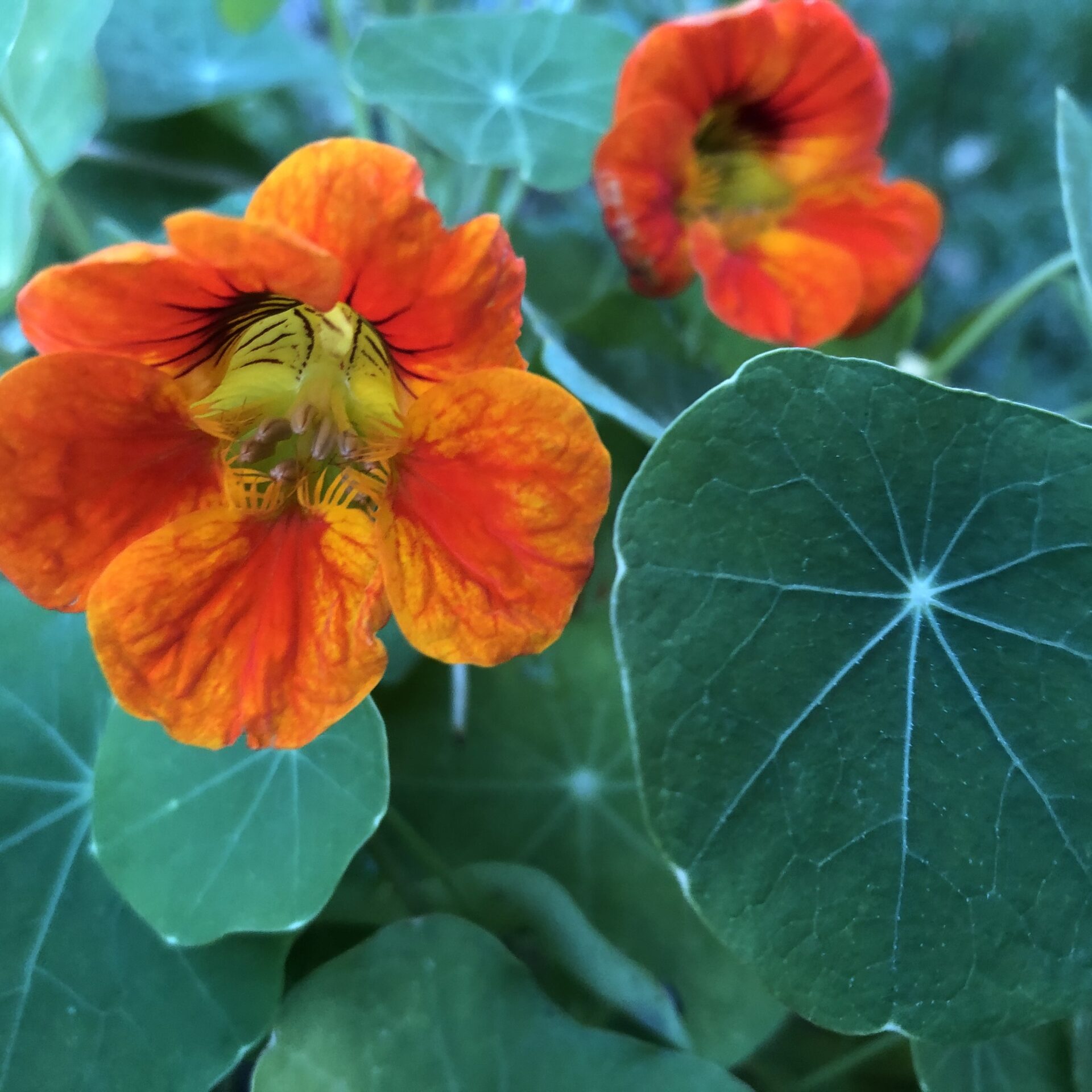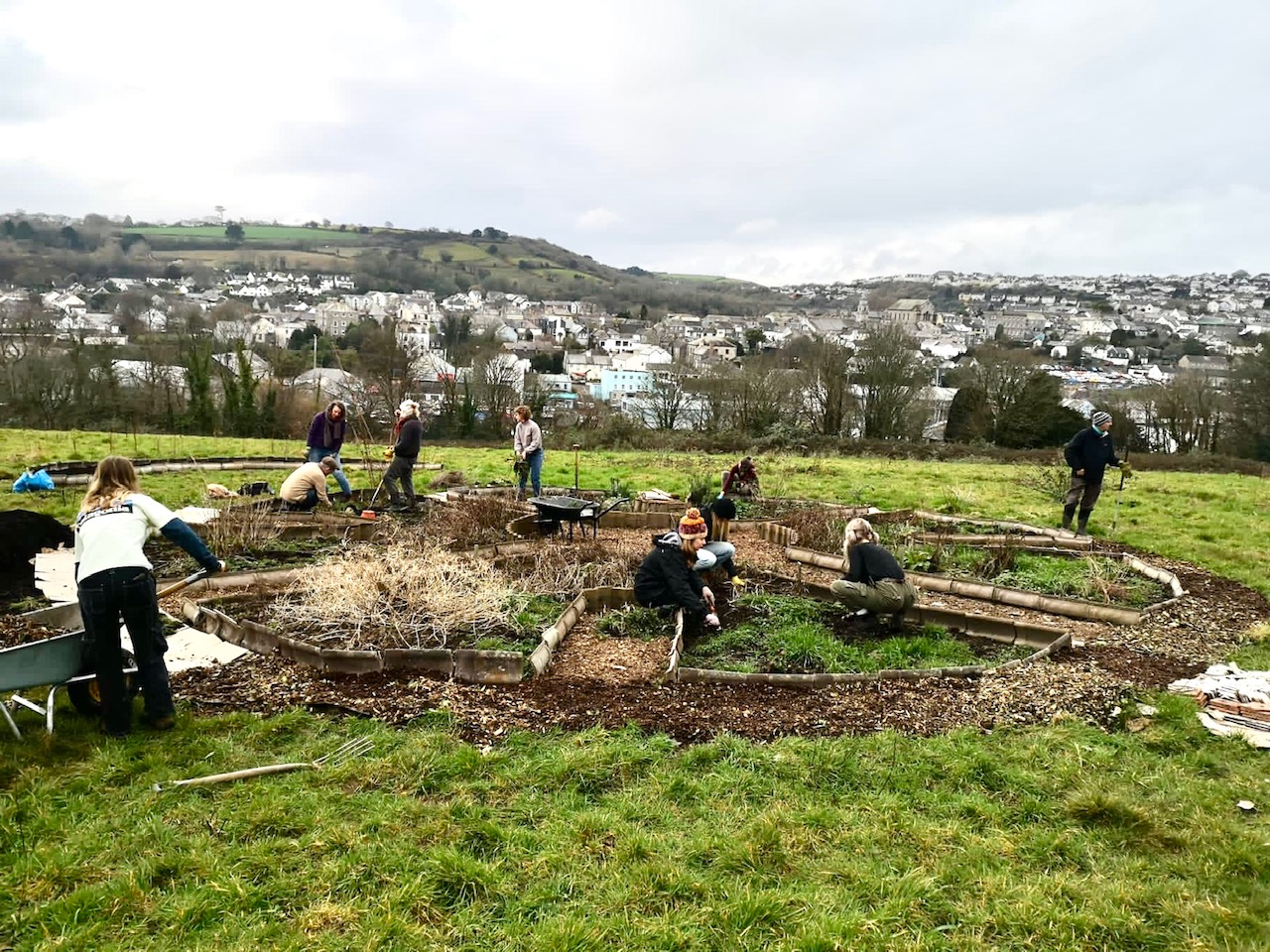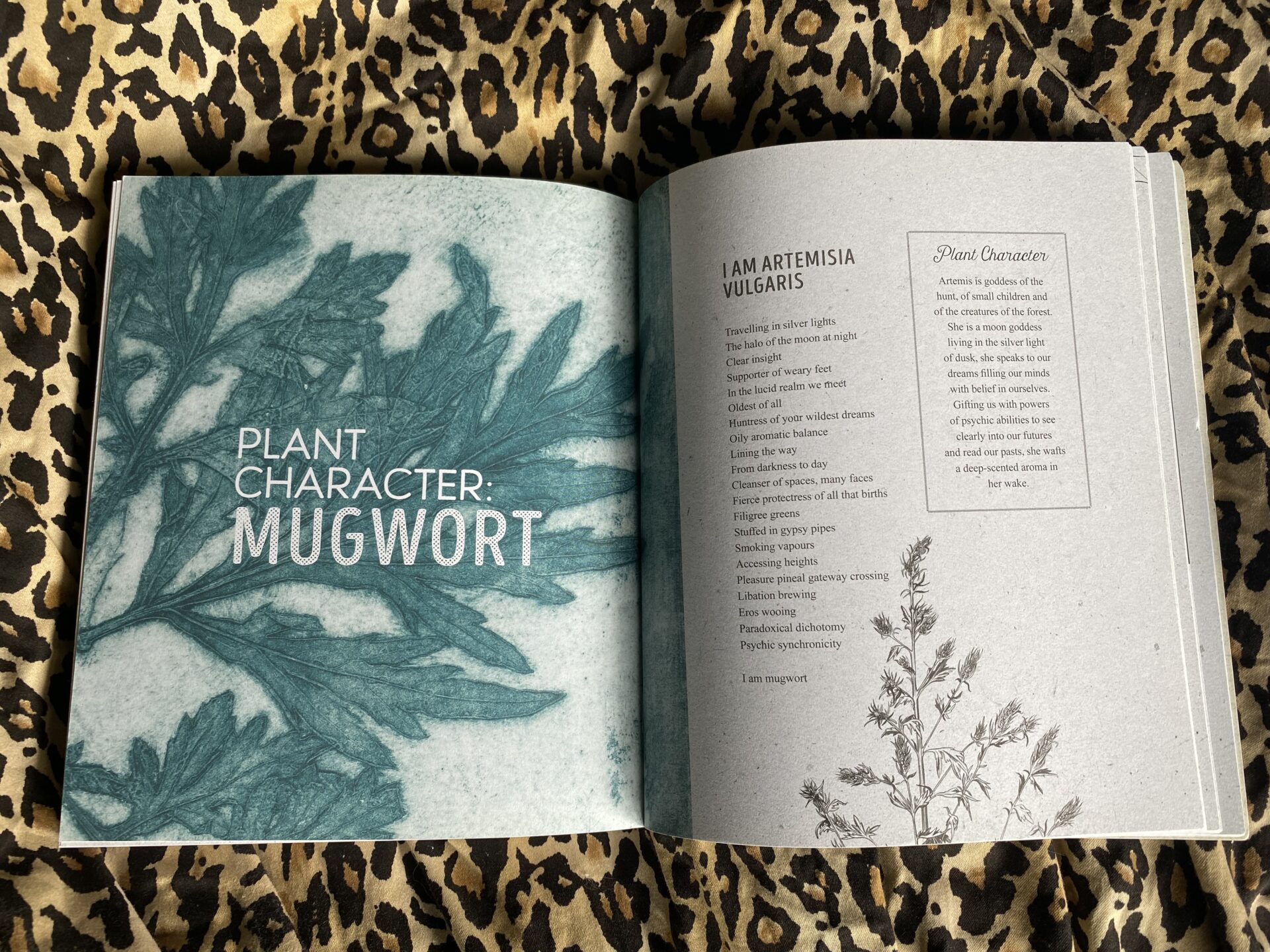Us Seed SistAs love plants, as you well know we are completely passionately potty about plants, but we love trees, and rivers and the sea and all the creatures too in-fact we worship Nature. Our blog is mainly focus on herbalism and plant medicine but every so often we like to her from differing voices in our community. Kirra is a sister of ours on the other side of the Atlantic she is a knowledgable ecologist, we want to introduce you to her beautiful and intelligent voice…….
In my career as an ecologist I have killed thousands of plants. Most I’ve chopped down or weeded intentionally, others have died under my watch through simple neglect or inexperience. Just recently, I said goodbye to a particular peyote cactus I’d nurtured for several years. It had rotted into an salvageable blob of slime, so I listened, acknowledged my error, and moved its relatives out of the rain.
My mistakes have taught me to become an expert grower and culling exotic trees has allowed me to restore prairies full of native wildflowers. On the other hand, I’ve sown innumerable seeds. In this life I’ve birthed no human children but I’m mother to millions of plants.
During one mushroom journey the spirits called me that, Mother of Millions, and it truly helped me mourn through the bittersweet loss of my own fertility. I discovered I have a different destiny and that burning rosemary, cedar and tobacco will help me release old paradigms, bury some dreams and clear the way for me to take my rightful place.
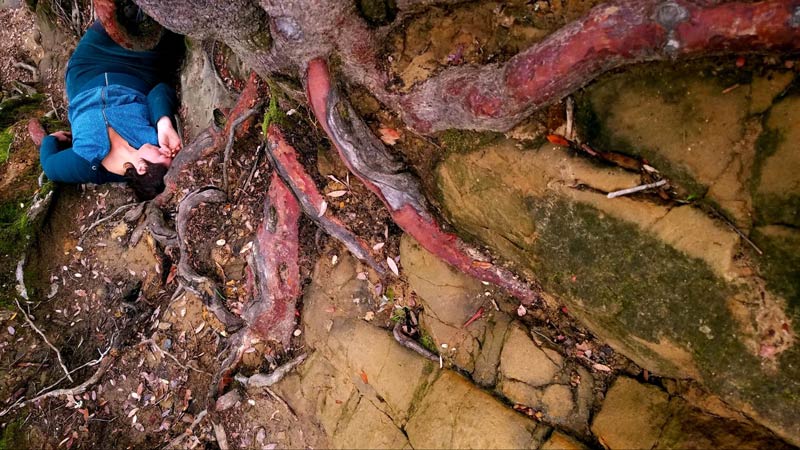
Resting among whiteleaf manzanita roots, Tuyshtak/Mt. Diablo, California. Photo by Shawn Kelley.
On February 6th, I went to a local mountain, Tuyshtak/Mount Diablo to celebrate my 44th birthday. News of Covid-19 was only a distant whisper and I was still free to roam. As is my way, I picked a vague direction and wandered off to greet the spirits of the place and to drink in the beauty of almost-spring.
I offered some tobacco, headed down a trail, up again, nibbled some greens, passed a lichen-covered boulder and found myself in a grove of interior live oaks. I layed down, smoked a joint and listened for a time, then rose again and picked my way through the brush and down a ridge.
It was then that I saw her: a gnarled, twisting, grandmother oak, far older and grander than any I’d encountered that day. She was glorious, erotic even. Revelling in the beauty of her age and form, I was moved to offer a song in her honour. I began singing in celebration, then I noticed a small, bleeding, heart-shaped wound on her trunk, a classic sign of sudden oak death infection.
My song turned to grief, as I recognized that her long life was coming to an end. It was at this moment that she offered me a teaching and now I offer it to you: There is only one sickness, and that is the cure. Yes, we are one body, one wellspring of life cycling through many forms. All beings connected, all suffering and healing intertwined.
In the times that followed, the gift of this dying oak has become my North Star through a sea of uncertainty. Again and again, I recalibrate myself to this bone-deep sense of interdependence and watch as stories of us versus them crumble. Blaming the other, the virus, the hoarding neighbours, even ourselves becomes impossible.
The illusions of human control, domination and separateness from nature and from each other are rapidly disintegrating under the pressure of the microscopic leviathan that connects us all. This virus, even death itself, is not our enemy. Humanity is not a plague. There is only one sickness, one body, one life force, flowing through everything, a mystery beyond comprehension.
What if the terrifying freedom and potential of this moment is an initiation, a birth?
How can we remain grounded, humble facing the great unknown and orient ourselves toward collective healing?
Planting seeds in the earth is both a physical and symbolic act of laying down prayers for an unknown future. One of toughest seeds I’ve encountered also belongs to the rarest plant I’ve ever known; Raven’s manzanita.
As a young researcher in the 1990’s, I had been entrusted with collecting seeds from the very last wild plant of its kind. The location of this endemic shrub has long been kept secret, and it was my task to monitor its health. Blasted by wind and fog, clinging to an ocean cliff in San Francisco, its leaves and branches were slowly dying from a pathogenic fungus.
It produced very few flowers, but some of those managed to become fruits. Stewards of the plant were unsure if its seeds were viable or how much longer this species could persist, but inaction meant extinction, so we decided to harvest seeds and attempt to grow them.
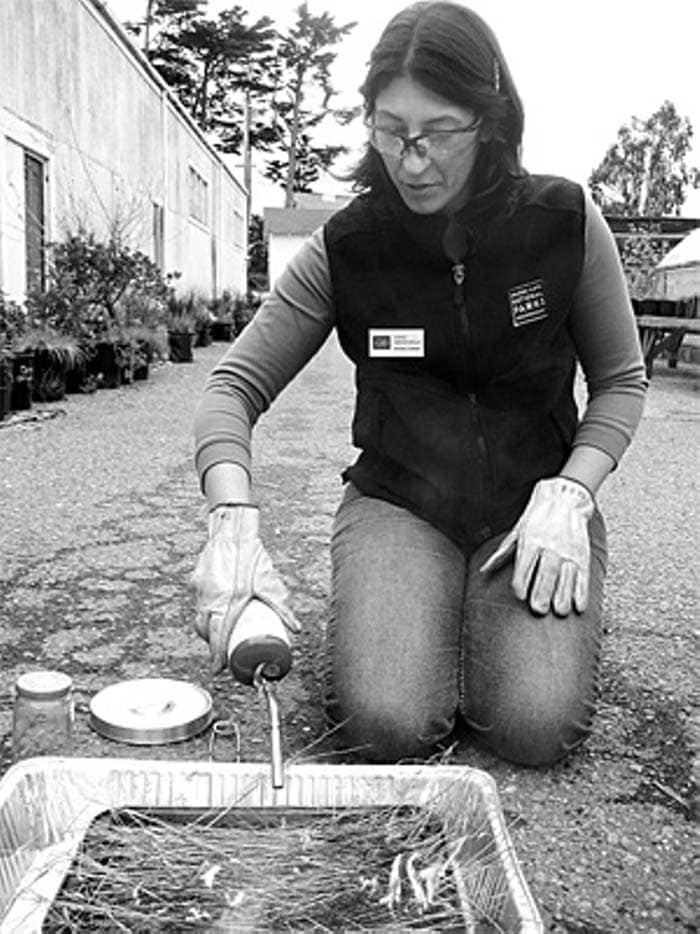
Torching Raven’s manzanita seed at the Presidio Nursery, Yelamu/San Francisco. Photo by Joe Eskenazi.
Manzanita seeds are notoriously difficult to germinate. Successful nursery propagation of this extremely precious seed required that we observe what they experience in the wild, gather and share this knowledge, conduct experiments and learn to duplicate these intricate natural processes. First, seeds accumulate in the soil beneath their parent plant and are tumbled and churned until their stony exteriors are worn down just the right amount.
Next, low-intensity fire burns away all the surrounding vegetation, often killing the parent plant, leaving behind smoked earth and scorched remains. Then, rains fall and filter through the char, bathing the buried seeds in smoky liquid.
The seeds must experience a certain amount of cold, a certain amount of darkness and a certain amount of time. Only then will those little jewels, waiting underground, sensing all of this, awaken from their dormancy, crack open and grow. After many careful attempts, we finally inspired a handful of seeds to sprout and witnessed the scales tip, ever so slightly, towards survival.
While Raven’s manzanita first initiated me into the magic of seeds, I’ve discovered that even common species of manzanitas contain lessons for me about death. California is the epicentre of manzanita diversity, with nearly 100 different taxa growing here, most of which occur nowhere else on earth.
They’ve adapted to some of the harshest conditions, persisting in dry, nutrient-poor soils. They are strikingly beautiful, resilient creatures with gnarled red and grey trunks, like muscles twisting around bleached bones. Often, manzanitas appear more dead than alive, with only a strip of vital red bark spiralling up an otherwise barren branch. When parts of the plant become shrouded in shade, they cease sustaining those living tissues in order to support new growth elsewhere.
Manzanitas allow large parts of themselves to die in order to survive. They respond in relation to what is, in a distinctive and noticeable way. They teach me that letting go purposefully, is a way to go on living.
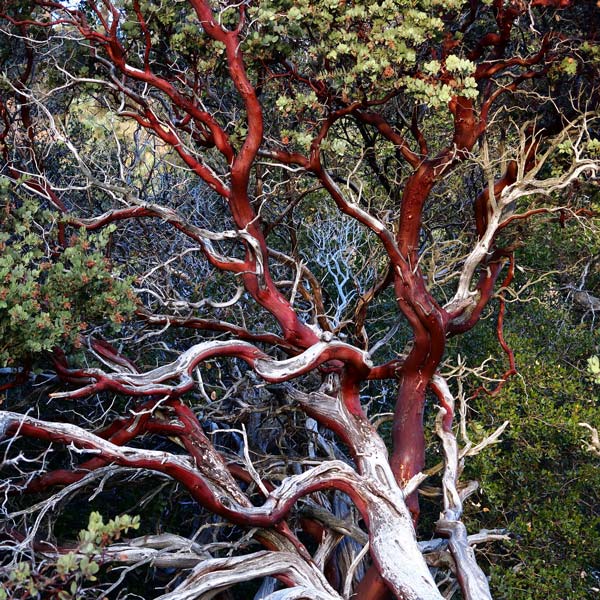
Manzanita showing normal branch dieback, near Idyllwild, California. Photo by Joel Fetzer.
Of course, this survival strategy happens not only inside individual plants but within entire forest systems. Researchers like Suzanne Simard are demonstrating that dying trees intentionally move resources into younger trees before they go.
There are deeper webs of relationship and reciprocity woven into the exchange between life and death. Human beings can listen, learn and act accordingly. We can rebalance our resources to support the most vulnerable and survive these dire times.
Much of my work as an ecologist focuses on exploring this space between living and dying. Since my time with Raven’s manzanita, I have delighted in building intimacy with rare organisms and finding ways to have a hand in their survival. I have witnessed some life forms rebound and flourish while others blink out forever.
Early on, I approached this work from a naive “save-the-planet” perspective. Over time, I’ve come to understand that I am the one being rescued. My healing derives from being in close relationship with wondrous beings and ecosystems as they are dying out, bearing witness to their loss and to the incredible biodiversity and necrodiversity around me.
Honouring death through acts of conservation and advocacy has become an antidote for the despair, self-righteousness and loneliness symptomatic of a human-centric world-view. I’ve learned to try for the sake of trying, not because I believe humans can halt climate change or fight mass extinction, but because trying itself is a love song.
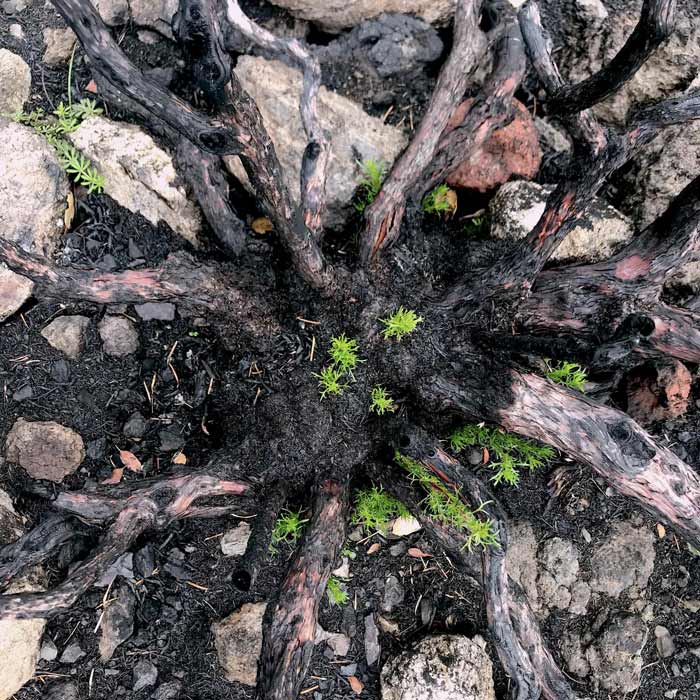
California sagebrush resprouting after the 2017 Tubbs Fire, California. Photo by Kirra Swenerton.
Sometimes it is a mourning song. Smoke from the catastrophic fires that have been sweeping through California, the Amazon and now Australia, carries particles from every plant and tree that has perished. When this smoke enters my lungs and eyes, it causes me to weep.
Praying with smoke in my body, I’ve learned that there is an excess of unexpressed grief, just as there is an excess of unburned brush that needs to be released. Indigenous communities from California to Australia know that cultural burning is a critical part of looking after Country. Just as fire has been suppressed and feared, so have these important cultural technologies and the human beings who carry them.
Failure to uphold our rightful relationships with the land, the elements and with one another is at the core of this disaster. Our selfish behaviour is fuelling the spread of Covid-19. Now we are tasked with much to grieve and much to burn. In this way, the responsibility of burning and mourning go hand in hand, like fire and rain, ash and tears.
Catalysing prayer into action is my responsibility as a living, breathing, resourced human being. Action means learning what I can about indigenous and ancestral methodologies like prescribed fire, grazing and forest thinning, and mourning the dead.
Upholding right relationship means learning to burn brush, cut trees and cry in prayer. It also requires receiving help from herbs that support healthy breathing and grieving. Yerba santa, mullein, myrrh and rose all help me grow more resilient in body and spirit so I can be with what is and do what is mine to do.
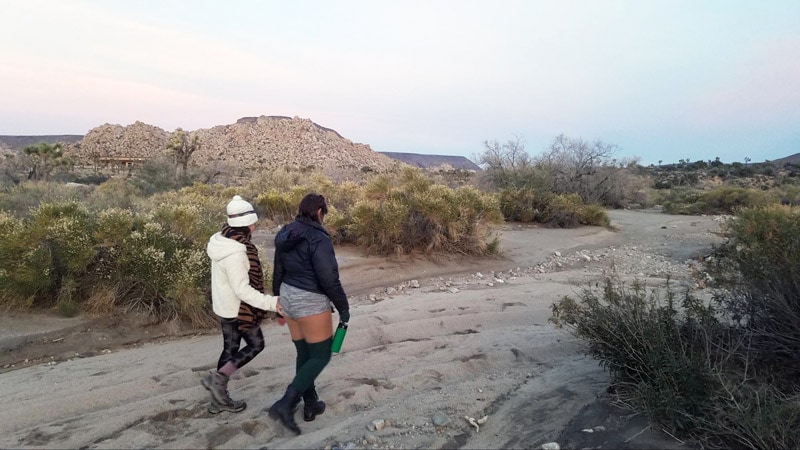
Walking with hairy yerba santa (front right) in the Mojave Desert, California. Photo by Shawn Kelley.
In contrast to my scientific training, my study of herbalism has been purposefully intuitive. It’s taken me over 40 years to learn to work with plant medicine in this way. A while back, I received guidance from a Peruvian curandera, Eda Zavela Lopez, who advised me to balance spiritual maturation with my existing intellect, and I took her words to heart.
I strive for this balance to be reflected in my efforts as an ecologist, allowing science and spirit to inform one another and to work through me. When I remember to listen, the plants remind me I’m not in this alone. When partnerships, political systems, ecosystems and world-views die away like manzanita branches, that which is resilient and healthy continues to grow toward the light.
When I pay attention, I find that the plants are right here with me, as smoke in my eyes or oxygen in my lungs. And when I wonder what comes after my own body slows and my breathing stops, I’m reminded that life is a relentless and wildly creative force.
Death may be a welcome rest, or else another adventure. I expect I’ll keep practising, approaching the edge under the guidance of nightshades, ayahuasca and the like. When it’s time to cross that threshold for good, may they help me release into the mystery and create room for new seeds to grow.
Consider donating to Médecins Sans Frontières, Fire Relief for First Nations Communities, Wildlife Victoria other groups working to support our kin in the wake of Australia’s epic bushfires and the worldwide Covid-19 pandemic.
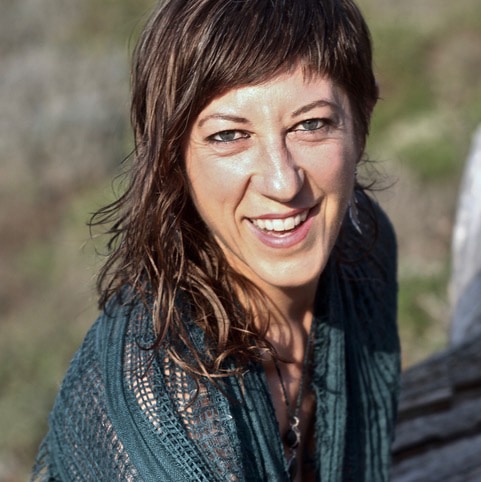
Kirra Swenerton is a scientist, healer and artist specializing in restoration ecology and community ritual. Kirra teaches about earth reverence, animism, ethnobotany and ecology and is dedicated to conserving rare species and honoring wild places.
She leads devotional journeys for people seeking deeper guidance from the wild world and their own ancestral roots. Kirra’s ancestors came to California from the British Isles and Ireland, Armenia and Italy. She is the founder of Root Wisdom, an organization offering ancestral healing, environmental consulting, psychedelic support and ceremonial services, based on Chochenyo Ohlone land in Oakland, CA.
Web links:
https://www.instagram.com/rootwisdomcenter/

